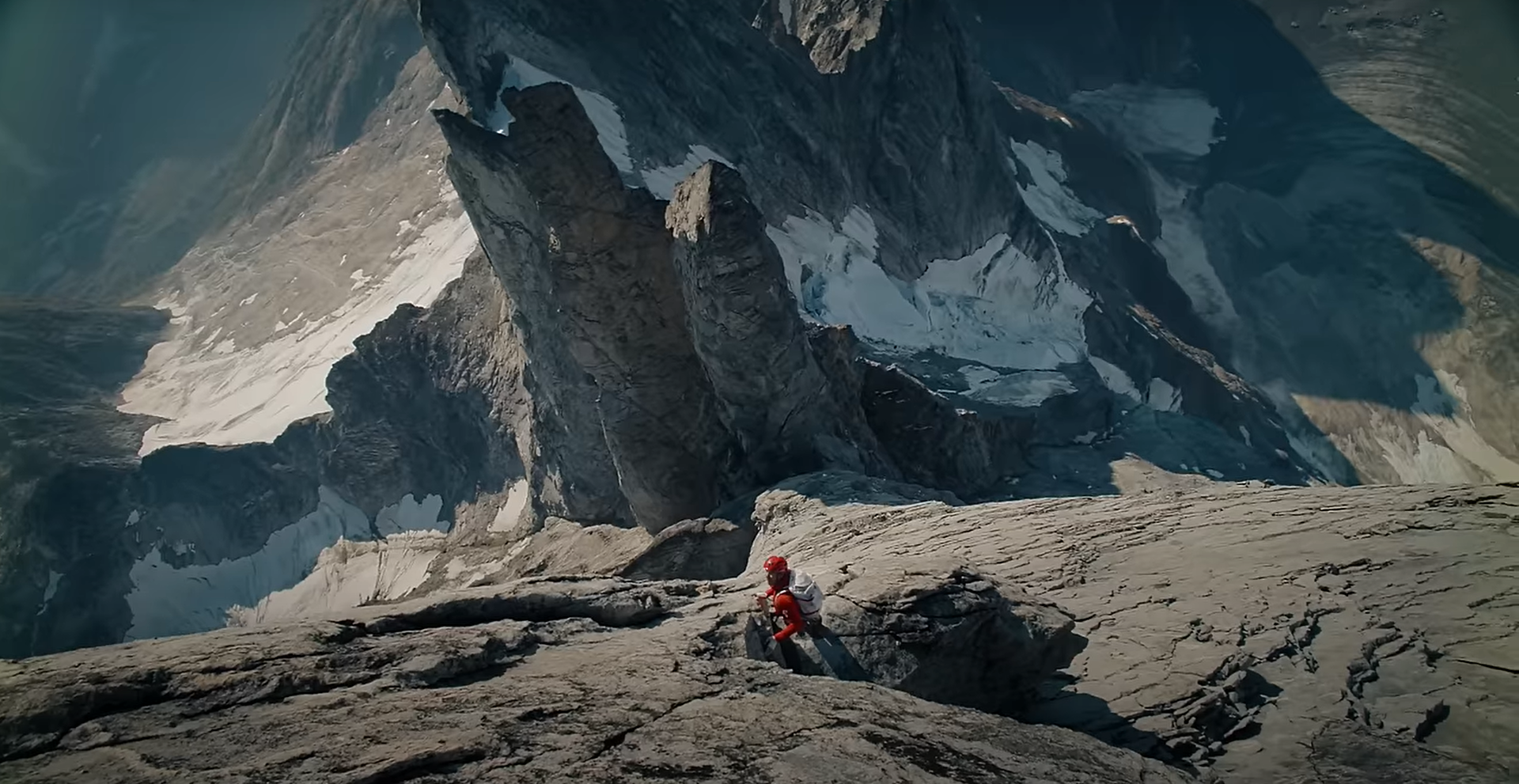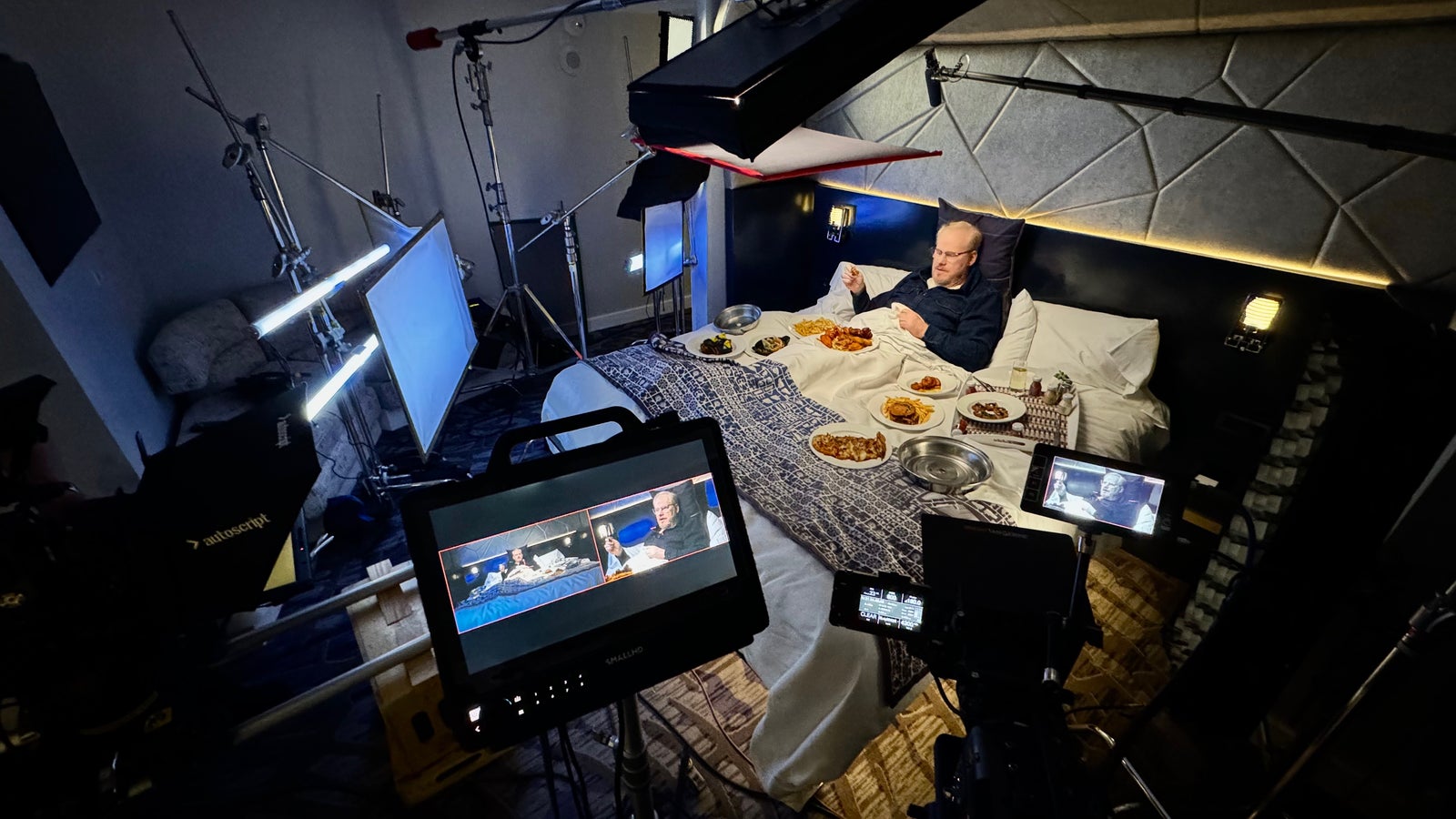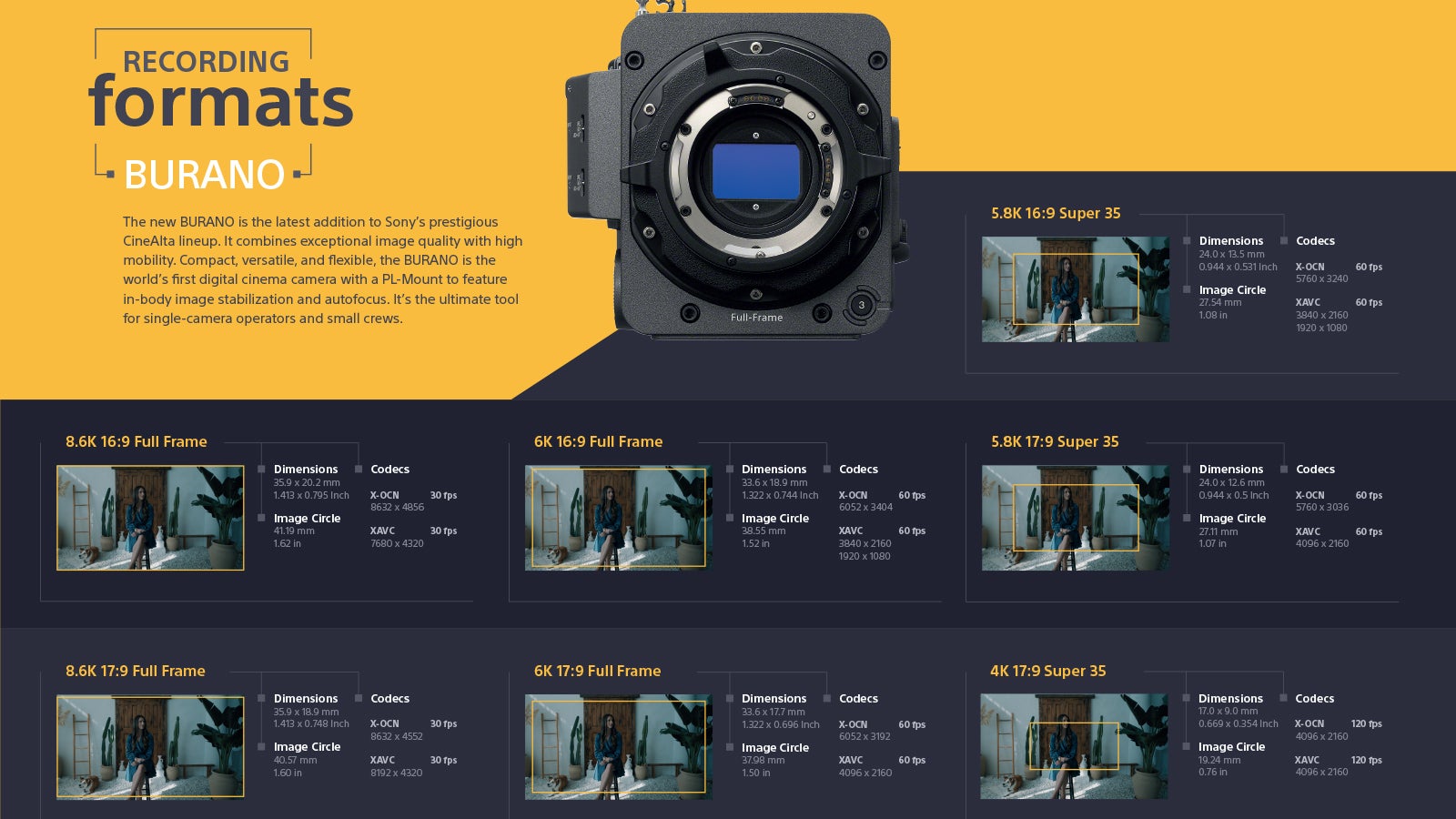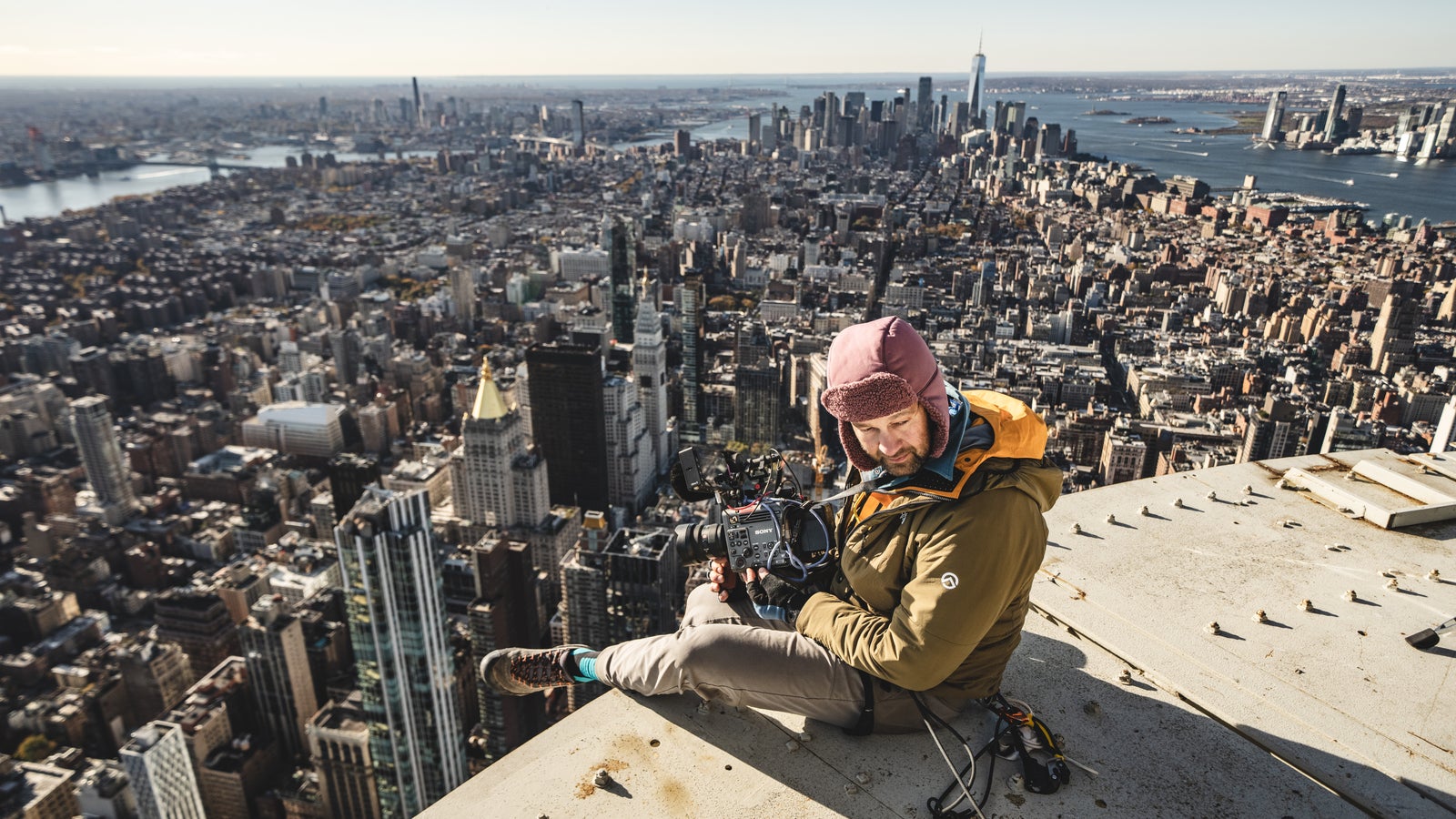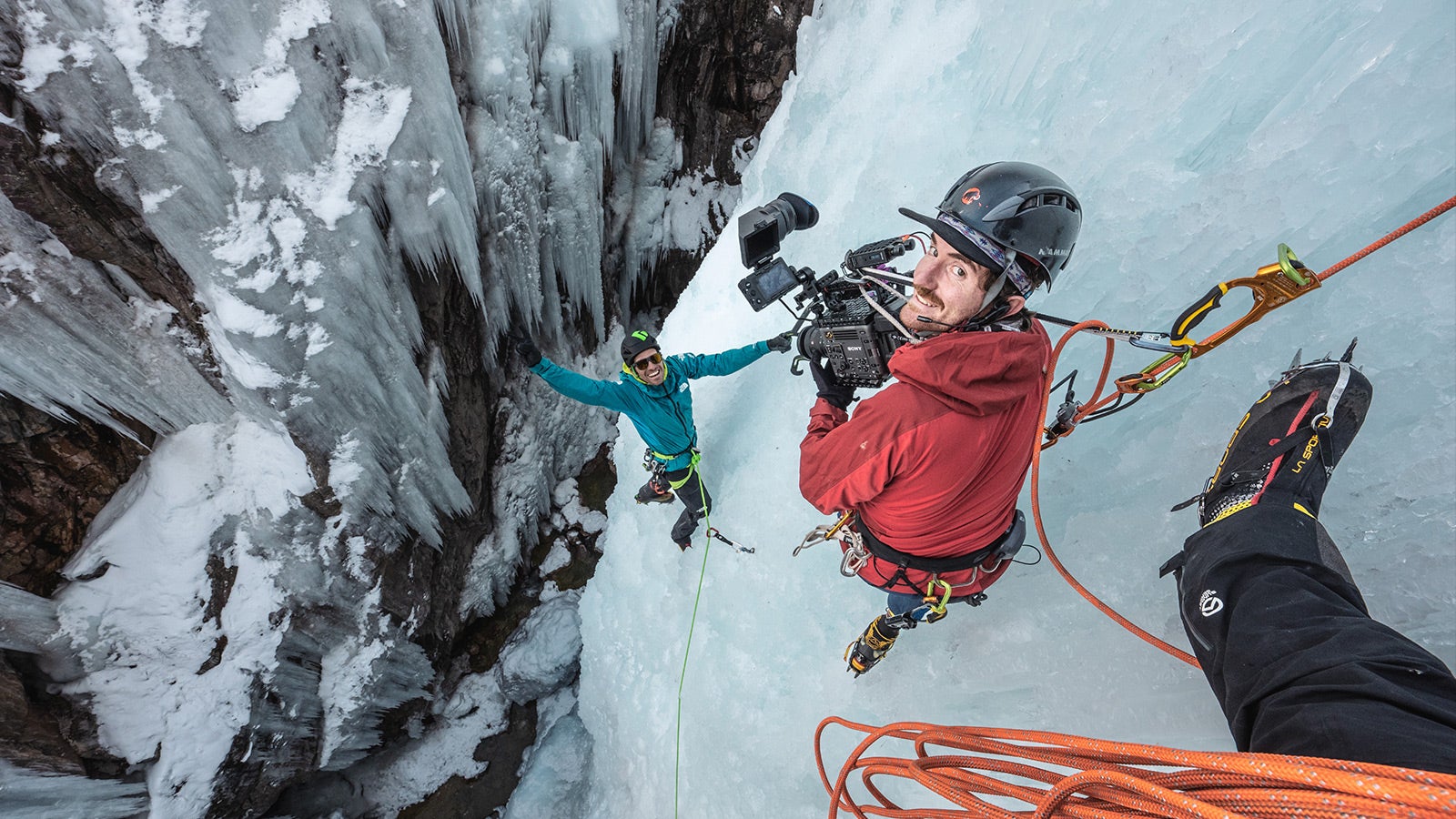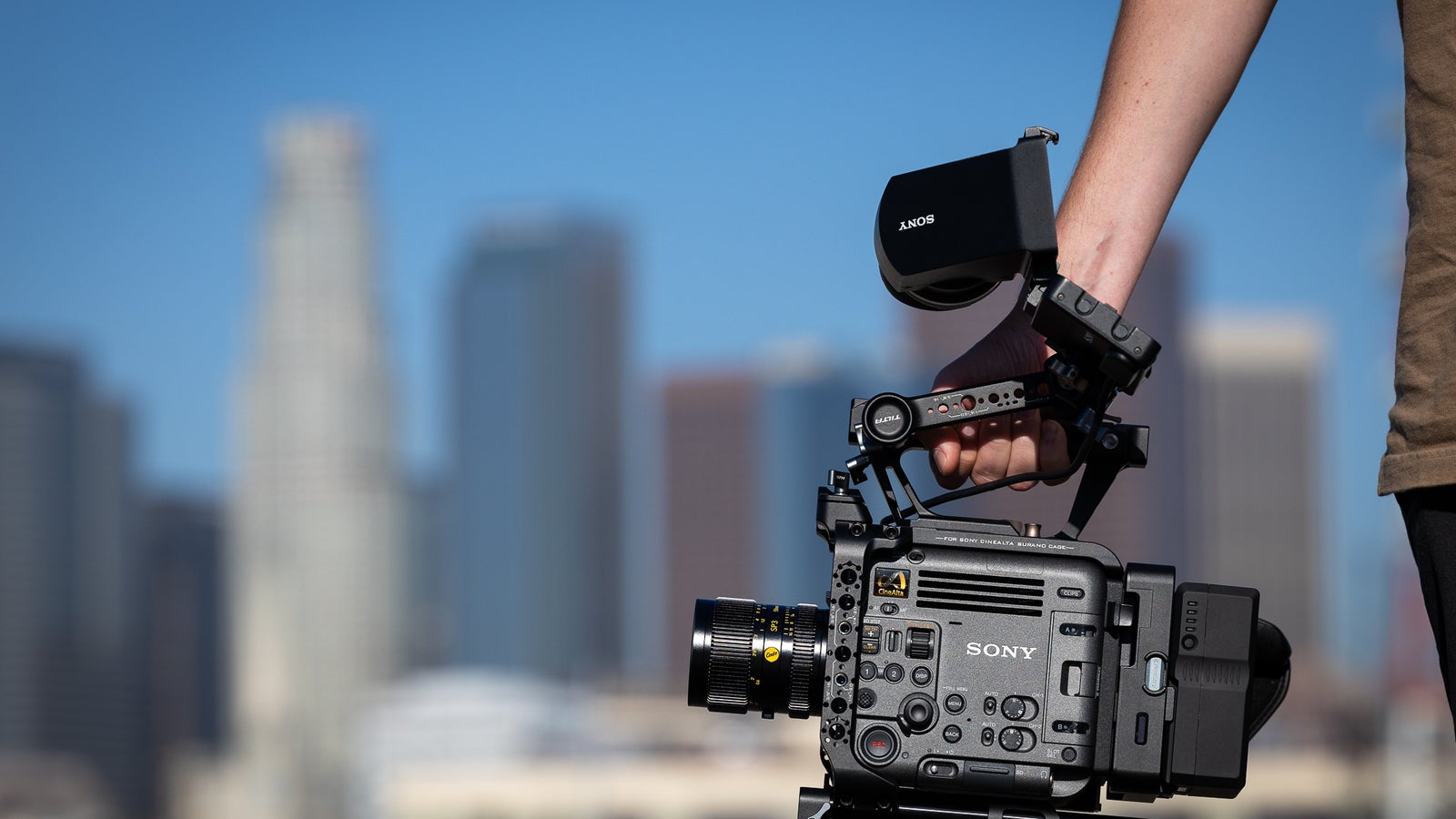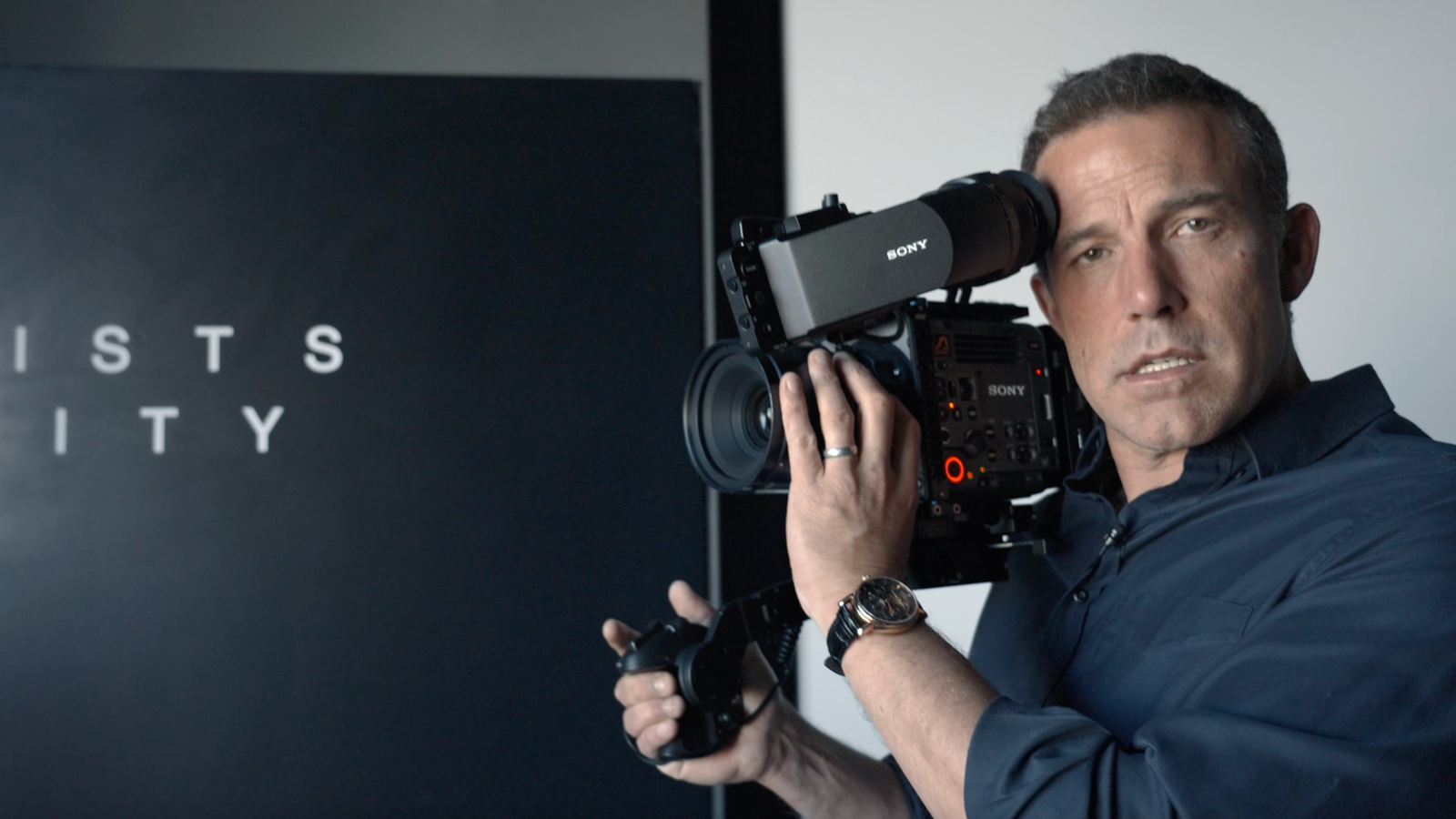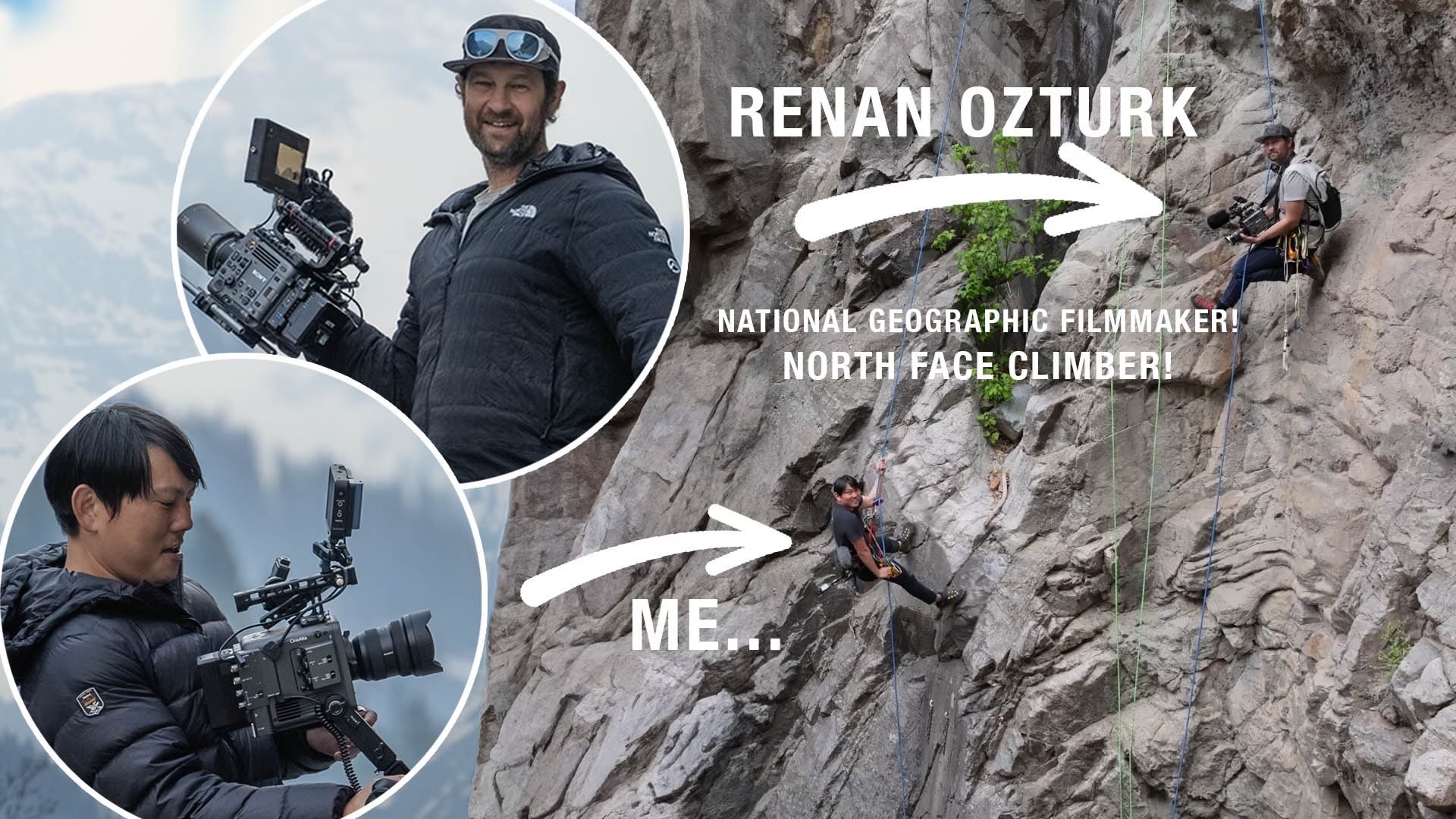
06-25-2024 - Filmmaker Interviews
YouTube’s Potato Jet Joins Nat Geo’s Adventurer of The Year for a crash course in Expedition Filmmaking
By: Yaroslav Altunin
Documentary films give us a glimpse into some of the world's most remote places. While this imagery is breathtaking, it never truly rivaled that of narrative films, mostly due to the different cameras each type of project used.
Yet the last decade has seen Sony cinema cameras rise to the occasion, bringing versatile tools to both types of filmmakers and elevating documentary films with cinematic imagery.
The Sony BURANO is a perfect example of a tool that thrives in narrative and documentary spaces and can also hold its own in commercial and live-production environments.
Filmmaker Gene Nagata of the Potato Jet YouTube channel joined documentary filmmaker Renan Ozturk for a look at how he tackles capturing footage from deadly remote environments to world-class rock climbers using only the Sony BURANO.
Prepping BURANO For an Expedition
During his time with Ozturk, Nagata explored how the expedition filmmaker set up the Sony BURANO for the day. Because Ozturk most often finds himself on the side of cliffs, the whole camera setup revolves around simplicity—the BURANO body, a viewfinder, a shotgun mic, and a side handle. That's it. Even the battery is tucked away inside a backpack to reduce the weight of the entire rig or to keep it warm in cold environments.
"When we originally started doing that," Ozturk explained. "It was for Everest so that we could have the battery inside the giant puffy suit keeping it warm. But then, we realized for more technical high-angle filming, when you're dangling from ropes, this enables you to get into more complicated positions to move the camera."
The BURANO's compact nature, as well as the internal variable NDs, IBIS, and battery efficiency, gave Ozturk a platform that provided 16-bit RAW in X-OCN LT in a package he could freely use without limitation. Previous cameras affected his workflow so much that Ozturk found himself not being able to get enough coverage for the projects he was shooting.
An example of this was Meru. "I was editing for a while, and then Bob Eisenhardt finished it," Ozturk explained. "He would just keep writing back and be like, 'Where's the rest of the footage? "Did you already trim these, or what happened?'"
"It was like, okay, it might be a story moment. I don't know if this is really important, but I'm gonna shoot a little bit, shoot it, turn it back off," Ozturk said. There's a fear that you're gonna run outta battery before the real moment happens."
But with the BURANO, that limitation isn't as big of an issue for the expedition filmmaker. "Battery life on the Burano is the best I've seen so far," Ozturk said.
This versatility and power also extended to capturing ever-changing lighting conditions and weather. Supported by internal NDs and 16 stops of dynamic range, Ozturk can quickly adapt to changing lighting conditions and still capture the imagery he needs. Anything that isn't perfect on the day can be adjusted in post-production thanks to the power of the X-OCN LT codec.
"There's so much latitude to work with this camera," Ozturk said. "The weather keeps changing like crazy. That's why you need high dynamic range."
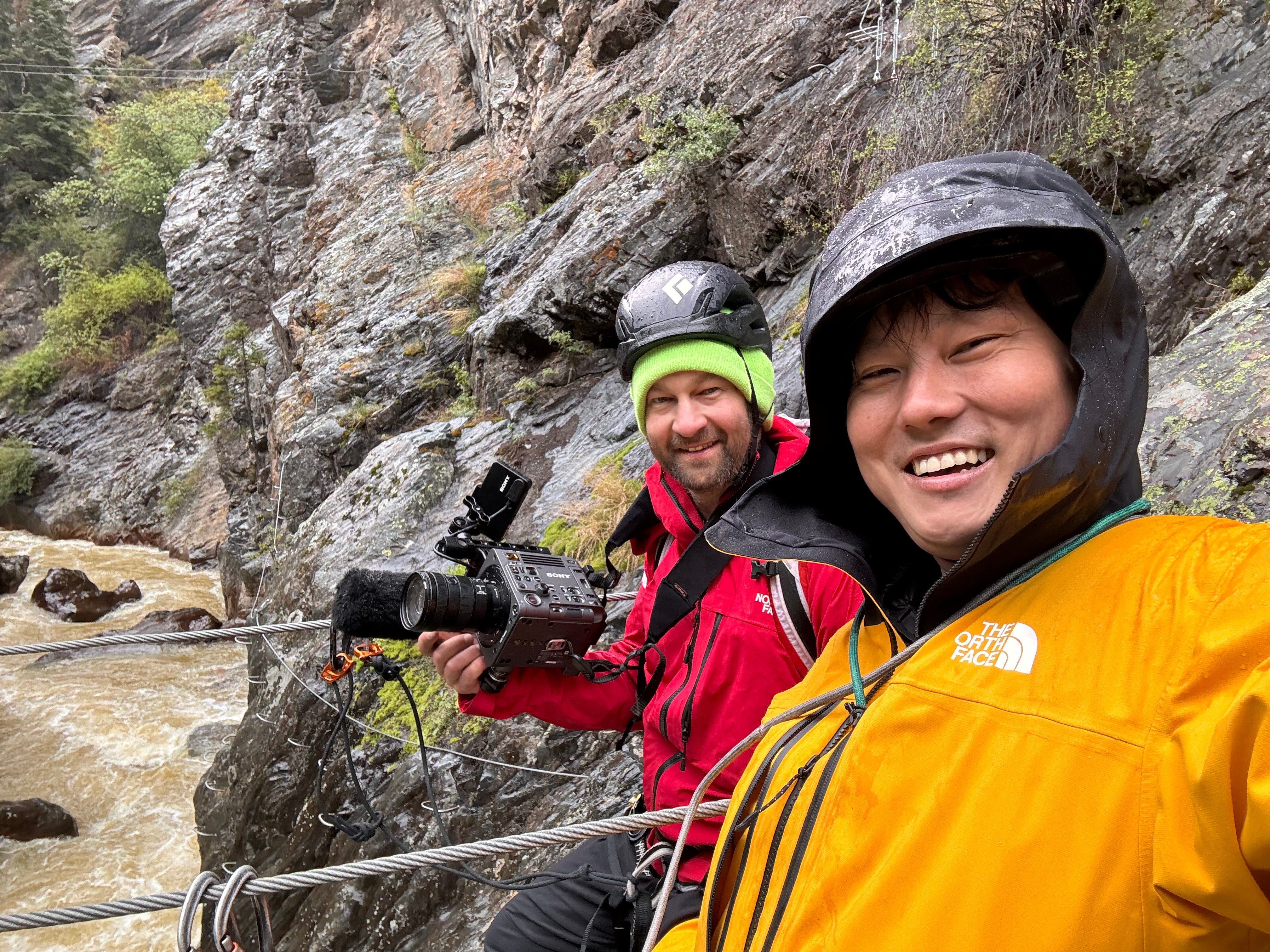
Sony BURANO: Bring Cinematic Power to Remote Locations
Creatives need increasing power to meet distributors' demands and to capture the incredible footage that brings documentaries to film festivals and streaming platforms.
"We were, like, one of the first people to shoot the BURANO," Ozturk shared. "And now, it's really cool to see the whole adventure community really pick it up, especially now that all studio specs are more than 10-bit. For Disney, for Netflix, HBO, whatever it is, like, you need that."
The BURANO is a camera that sits between the Sony FX9 and the flagship VENICE cinema camera. The feature set from the FX line, such as IBIS and autofocus, is married with a sensor that mimics the color, dynamics range, and pixel count of the VENICE—all in 8.6K resolution.
"We punch in on the 8.6K, we stabilize on it, and it feels more future-proof," Ozturk said. "It feels robust."
While the BURANO has only been out since February 2024, it's already making an impact on filmmakers all over the world. Whether it's being used in a humid jungle or in -40 degrees in the Canadian Arctic, the BURANO has so far met the challenges of expedition filmmaking.
